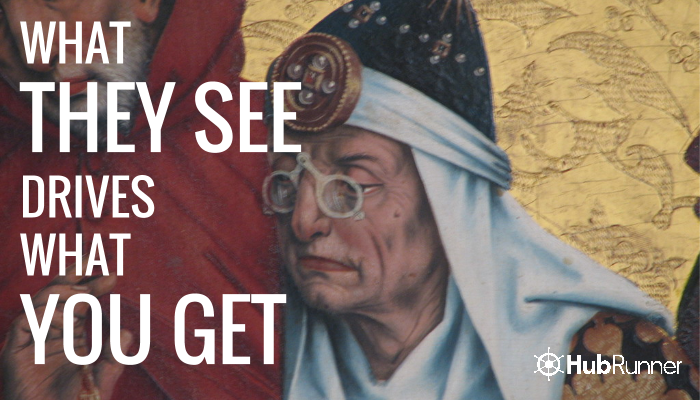Website Layout: Change the Way You Look at Websites (Part 1 of 3)
You’ve only got one opportunity to make a great first impression, and for many businesses, a potential customer’s first impression starts with the website.
With competing companies just one click away, a business’ digital hub must combine functionality with attractive appearance to retain the visitor’s interest, demonstrate value, and convert visitors into customers.
When designing an effective website layout for your business, you should consider a number of factors to encourage the maximum level of engagement. From front-end color schemes to back-end content management, your site’s features work collectively to expand your digital reach and drive lead generation.
This three-part blog series explains some of the key elements of website layout design.
The Audience Audit
Creating a dynamic website layout begins with an audit of your target audience. What are their challenges? What are their needs? How do they prefer to receive information?
Understanding the target audience is essential to determining what website layout will work best. By recognizing the audience’s interests and personality traits, designers can create layouts that guide visitors to the most suitable content and presents a compelling call to action.
In 2009, an audit of Microsoft Office Online’s audience revealed that 30 percent of the service’s content was unread by users. With this knowledge, content strategists refined their approach to consumer engagement, removing less popular content to better reflect the target audience’s goals. Taking the time to understand its users, Microsoft Office created a streamlined service offering more efficient customer satisfaction.
DID YOU KNOW? When creating websites for new customers, HubRunner provides a designated ‘onboarding manager’ to provide recommendations on tailoring a website layout based on target audience.
The Balance of Content and Space
To ensure that viewers access the content that motivates them to purchase a product or service, a company website must use a clean layout that balances space and form.
Research by investment company NN Group revealed that website managers have ten seconds, on average, to inform visitors of their company’s value proposition and leave a positive impression, before the potential customer becomes distracted. Features like large blocks of text without breaks and animated graphics prevent visitors from identifying value or engaging with content that would otherwise create a strong, positive impression of the company. These shortfalls lead to lost sales opportunities, contributing to unusually high bounce rates as visitors leave the website unfulfilled.
A clean website layout is critical to informing potential customers which services meet their needs,while also providing valuable insight into a company’s history, credentials and culture. By clearly presenting this information, the website helps viewers develop a stronger understanding of, and affiliation with, the brand.
DID YOU KNOW? The HubRunner website platform uses tested-and-proven website layout techniques that help website visitors efficiently find the information they’re seeking Using an interface that is easy to navigate, HubRunner sites guide visitors from information-gathering to conversion.
The Branding Elements
Like any storefront window, a company’s website is a valuable space to strengthen brand identity. Branding elements such as a logo, tagline or mission statement should be integrated into the website layout for exposure to website visitors.
However, positioning brand elements in areas that compromise the visitor’s ability to engage with content – like midway through explaining a service – will prevent visitors from finding the information they need to make a purchase decision.
Certain spaces such as the top-left corner of a web page, where a visitor’s attention is naturally drawn, are ideal for meeting a company’s brand objectives without disrupting the visitor’s user experience. Meanwhile, other website sections – like a blog or media coverage gallery – offer more versatile ways to strengthen the company’s brand positioning.
Stay tuned for part two of this HubRunner feature on website layouts, when we will discuss the importance of color scheme, content management systems and social media integration!



Comments are closed.